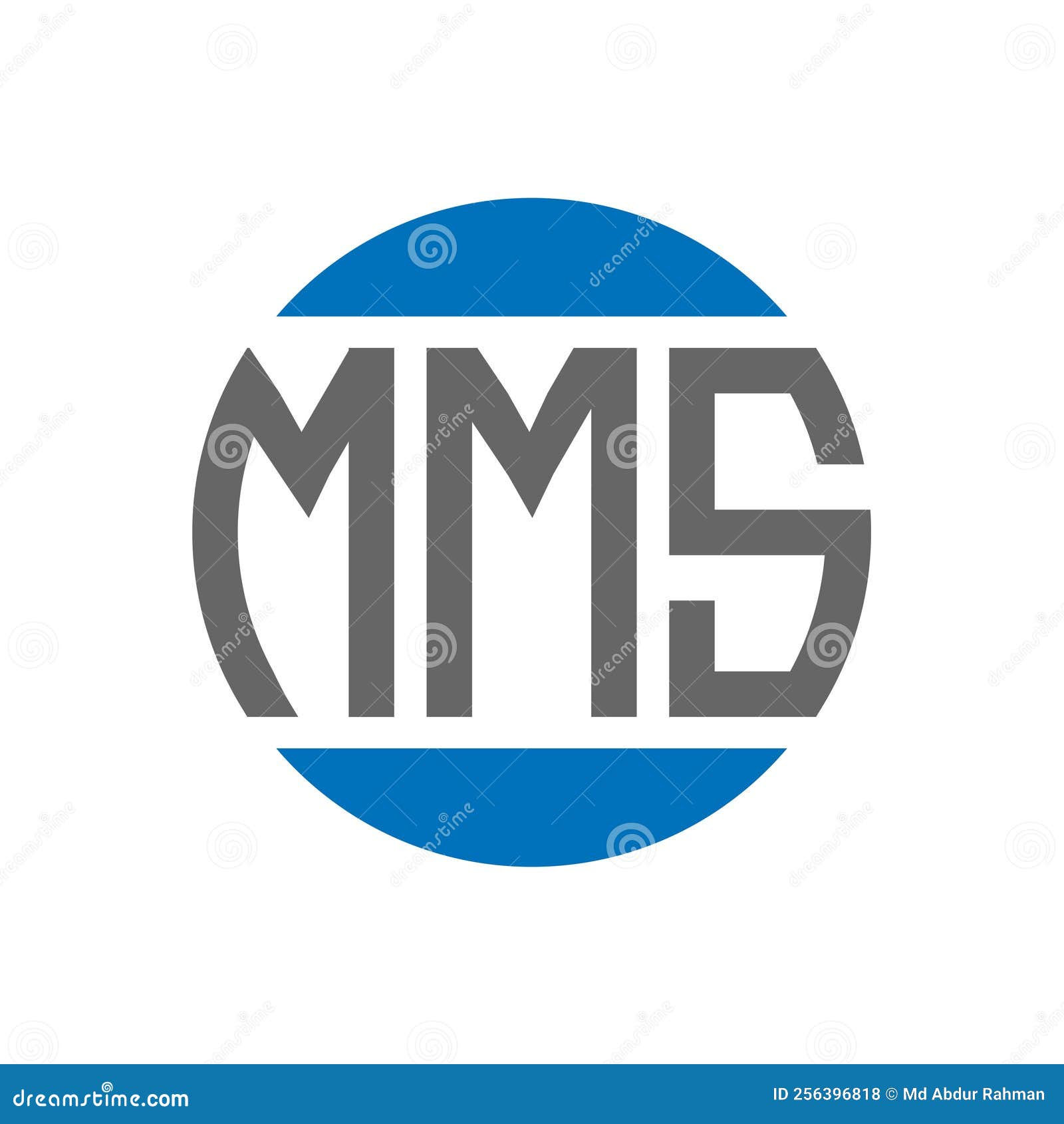MMS, or Multimedia Messaging Service, has become an integral part of modern communication. Whether you're sending photos, videos, or even GIFs, MMS allows users to share rich media content seamlessly. In this guide, we’ll explore everything you need to know about MMS, including its new link features, how it works, and why it’s crucial for both personal and professional use. By the end of this article, you'll have a comprehensive understanding of MMS and its role in today’s digital landscape.
As technology evolves, so does the way we communicate. MMS has grown beyond simple text messages, offering a platform for richer, more engaging interactions. With the introduction of new link features, MMS now allows users to share clickable links that lead to websites, documents, or other digital content. This advancement has made MMS a powerful tool for businesses, marketers, and individuals alike.
In this article, we’ll break down the essentials of MMS, explore its new link functionalities, and provide actionable insights for leveraging this technology effectively. Whether you’re new to MMS or looking to optimize your current usage, this guide will serve as your go-to resource for all things related to MMS new links.
Read also:Vegamoviescc A Comprehensive Guide To The Popular Movie Streaming Platform
Table of Contents
- What is MMS?
- How MMS Works
- Benefits of Using MMS
- Exploring MMS New Link Features
- MMS vs. SMS: Key Differences
- Business Applications of MMS
- Security and Privacy Considerations
- MMS Statistics and Trends
- Best Practices for Using MMS
- Conclusion
What is MMS?
MMS, or Multimedia Messaging Service, is an extension of SMS (Short Message Service) that allows users to send multimedia content such as images, videos, audio files, and even long-form text messages. Unlike SMS, which is limited to 160 characters, MMS supports much larger file sizes and offers a more dynamic communication experience.
Key Features of MMS
- Supports multimedia content like photos, videos, and audio files.
- Allows longer messages compared to SMS.
- Enables the sharing of clickable links.
- Compatible with most modern smartphones and messaging apps.
How MMS Differs from SMS
While SMS is limited to plain text, MMS expands the possibilities by allowing users to include rich media. This makes MMS ideal for sharing visual content, promotional materials, and interactive links. Additionally, MMS messages are often used in marketing campaigns to engage audiences more effectively.
How MMS Works
MMS operates by transmitting data through a mobile carrier’s network. When a user sends an MMS message, the content is uploaded to a server, and a notification is sent to the recipient’s device. The recipient can then download the content directly to their phone.
Step-by-Step Process
- The sender creates an MMS message with multimedia content.
- The message is sent to the carrier’s MMS server.
- The server notifies the recipient’s device about the incoming message.
- The recipient downloads the content from the server.
Technical Requirements
To send and receive MMS messages, users need a smartphone with an active data plan or Wi-Fi connection. Most modern devices and messaging apps support MMS, making it accessible to a wide audience.
Benefits of Using MMS
MMS offers several advantages over traditional SMS, making it a preferred choice for many users and businesses. Below are some of the key benefits:
Enhanced Communication
With MMS, users can share photos, videos, and other media, enabling more expressive and engaging conversations. This is particularly useful for personal communication, where visual content can convey emotions more effectively than text alone.
Read also:Journey To The Center Of The Earth Unveiling The Wonders Beneath Our Feet
Marketing Opportunities
Businesses can leverage MMS to send visually appealing promotional materials, such as product images, video ads, and clickable links. This helps capture the attention of potential customers and drives higher engagement rates compared to plain text messages.
Improved Accessibility
MMS supports larger file sizes and longer messages, making it suitable for sharing detailed information, such as event invitations or newsletters. Additionally, clickable links in MMS messages allow users to access external content directly from their devices.
Exploring MMS New Link Features
One of the most exciting advancements in MMS technology is the introduction of new link features. These features allow users to include clickable links in their messages, leading to websites, documents, or other digital content. This functionality has transformed MMS into a versatile tool for both personal and professional use.
How New Link Features Work
When composing an MMS message, users can insert a URL or hyperlink. The recipient can then tap on the link to access the associated content. This feature is particularly useful for sharing articles, promotional offers, or event details.
Applications of MMS Links
- Sending promotional offers with direct links to product pages.
- Sharing event invitations with links to RSVP forms.
- Distributing newsletters or blog posts with clickable links.
Best Practices for Using Links in MMS
To ensure the effectiveness of MMS links, it’s important to follow best practices:
- Use short, descriptive URLs for better readability.
- Test links before sending to ensure they work correctly.
- Provide context for the link to encourage clicks.
MMS vs. SMS: Key Differences
While both MMS and SMS are messaging services, they differ significantly in terms of functionality and use cases. Understanding these differences can help users choose the right service for their needs.
Comparison Table
| Feature | MMS | SMS |
|---|---|---|
| Message Length | Unlimited (varies by carrier) | 160 characters |
| Multimedia Support | Yes | No |
| Clickable Links | Yes | No |
| Cost | Higher | Lower |
When to Use MMS Over SMS
MMS is ideal for situations where visual content or interactive links are required. For example, businesses can use MMS to send promotional videos or product catalogs, while individuals can share photos or GIFs with friends and family.
Business Applications of MMS
MMS has become a valuable tool for businesses looking to enhance their communication strategies. Below are some of the most common business applications of MMS:
Marketing Campaigns
MMS allows businesses to create visually appealing marketing campaigns that capture the attention of their audience. By including images, videos, and clickable links, companies can drive higher engagement and conversion rates.
Customer Support
Businesses can use MMS to provide visual instructions or troubleshooting guides to customers. For example, a tech support team can send a video tutorial to help a customer resolve an issue.
Event Promotion
MMS is an excellent tool for promoting events. Companies can send invitations with links to RSVP forms or event schedules, making it easy for recipients to participate.
Security and Privacy Considerations
While MMS offers many benefits, it’s important to consider security and privacy risks. Below are some key considerations:
Potential Risks
- Malicious links in MMS messages can lead to phishing attacks.
- Unsecured networks may expose MMS content to hackers.
- Large file sizes can consume significant data and storage space.
Tips for Staying Safe
- Avoid clicking on unknown or suspicious links.
- Use secure networks when sending or receiving MMS messages.
- Regularly update your device and messaging apps to patch vulnerabilities.
MMS Statistics and Trends
MMS continues to grow in popularity, with several trends shaping its future. Below are some key statistics and insights:
Growth of MMS Usage
- MMS messages account for approximately 10% of all mobile messages sent globally.
- The use of MMS in marketing campaigns has increased by 20% over the past year.
- Businesses report a 30% higher engagement rate with MMS compared to SMS.
Future Trends
Experts predict that MMS will continue to evolve, with advancements in link functionality and multimedia support. Additionally, the integration of AI and machine learning may further enhance the capabilities of MMS.
Best Practices for Using MMS
To maximize the effectiveness of MMS, it’s important to follow best practices. Below are some tips for using MMS effectively:
Keep Messages Concise
While MMS supports longer messages, it’s important to keep your content concise and to the point. This ensures that recipients can quickly understand the message and take action.
Optimize Media Files
Compress images and videos to reduce file sizes and ensure faster delivery. This also helps minimize data usage for both senders and recipients.
Test Before Sending
Always test your MMS messages before sending them to ensure that all content and links work correctly. This helps avoid errors and ensures a seamless user experience.
Conclusion
MMS has revolutionized the way we communicate, offering a platform for rich, engaging interactions. With the introduction of new link features, MMS has become an even more powerful tool for both personal and professional use. By understanding how MMS works and leveraging its capabilities effectively, users can enhance their communication strategies and achieve better results.
We hope this guide has provided you with valuable insights into MMS and its new link functionalities. If you found this article helpful, feel free to share it with others or leave a comment below. For more tips and resources, explore our other articles on digital communication and technology.

